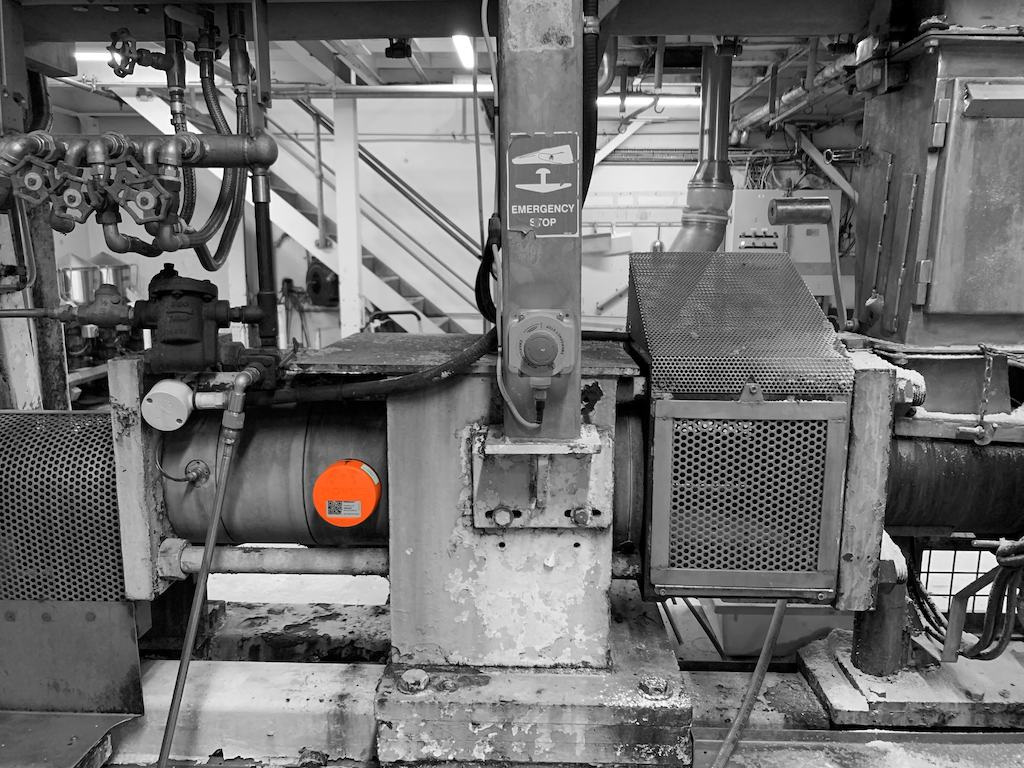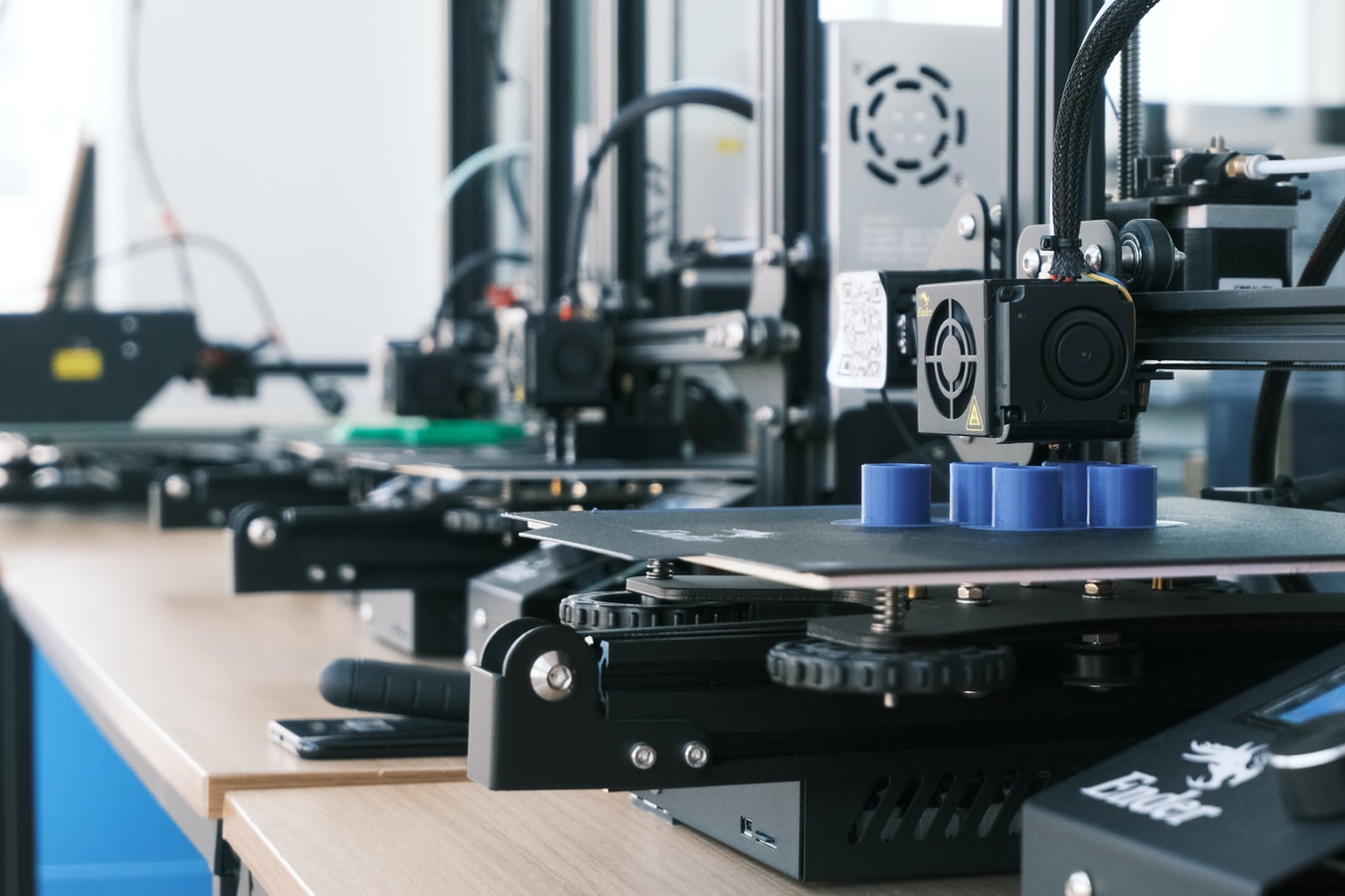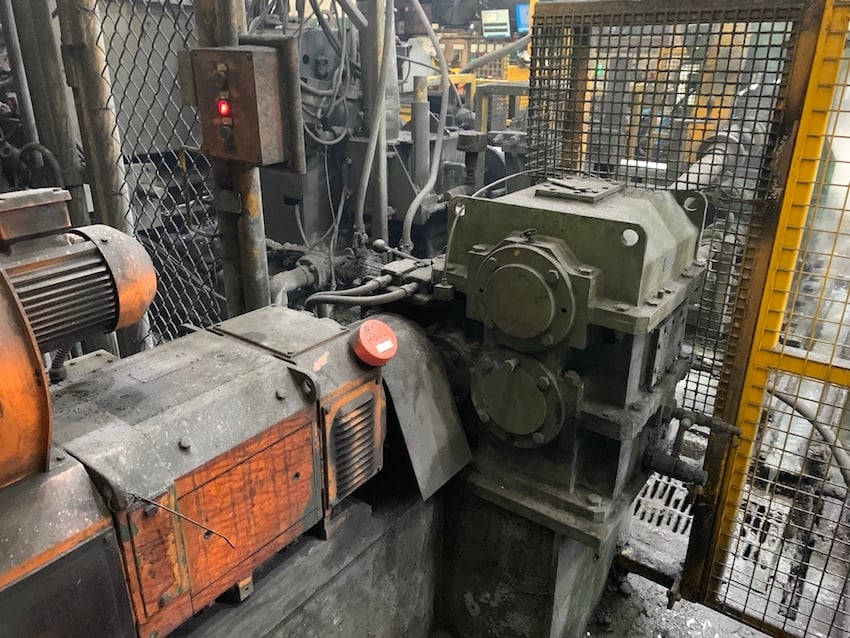When we speak about different maintenance methodologies, we often see them displayed on a maintenance maturity curve or a matrix. Each methodology is generally discussed as a stepping stone to another, or as a singular method to achieve certain objectives.
However, it is important to remember that maintenance approaches can be synergistic when applied correctly. Condition Based Maintenance (CBM) is a great example of a methodology that is particularly effective when used on its own, but is a fantastic support to other approaches. The best example of this is how CBM fits in with Total Productive Maintenance (TPM) philosophy and Reliability Centred Maintenance (RCM) approaches.
Here's why practitioners of these methodologies shouldn't sleep on CBM and should explore ways to level up their approach.








